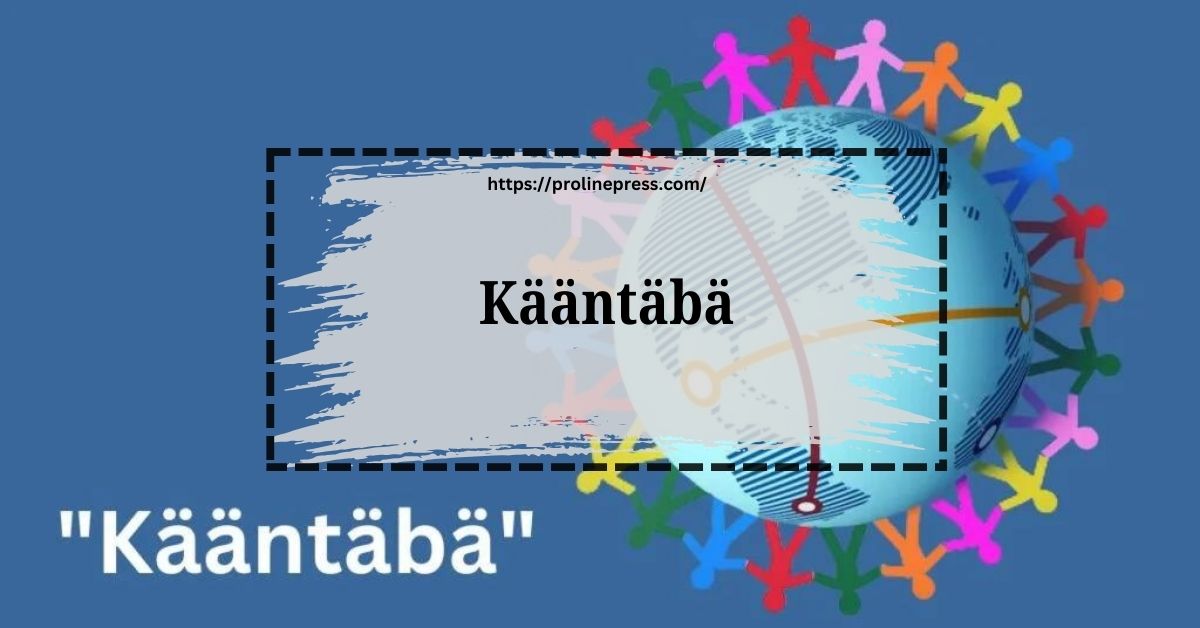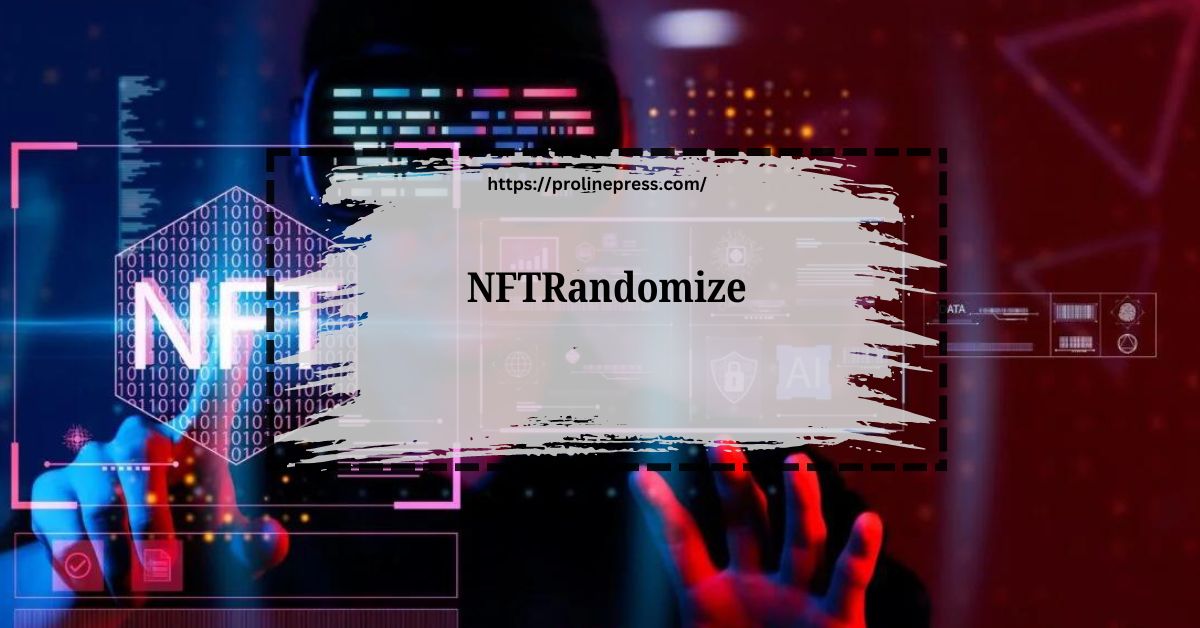In the vast tapestry of global cultures, kääntäbä stands out as a symbol of both unity and diversity. This term, originating from indigenous cultural contexts, encapsulates a rich tradition that performs a pivotal role in various rituals and ceremonies.
While it might be a concept unfamiliar to many, its essence bridges cultural gaps and resonates with universal themes of community and heritage.
This comprehensive article delves deeply into kääntäbä, exploring its origins, significance, and modern-day implications.
By the end of this read, you’ll have a profound understanding of kääntäbä and its place in both historical and contemporary contexts.
What is Kääntäbä?
“Kääntäbä” is a term deeply rooted in indigenous cultures, signifying a unique symbol or practice that holds significant meaning in various rituals and ceremonies.
The exact translation and interpretation of “kääntäbä” can vary depending on the cultural context, but its core essence revolves around unity and the celebration of diversity.
In many traditions, “kääntäbä” represents the interconnectedness of people, nature, and spirituality, serving as a focal point for communal gatherings and ceremonies.
Read: Dealasty: Your Ultimate Guide to Saving Money Online
Historical Background of “Kääntäbä”
Origins and Early Usage
The concept of “kääntäbä” has been embedded in the cultural fabric of indigenous societies for centuries. Historical records and oral traditions suggest that “kääntäbä” was used in various rites of passage, festivals, and communal gatherings. Its significance was often tied to seasonal changes, agricultural cycles, and the veneration of natural elements.
Evolution Over Time
As cultures evolved and interacted with each other, the practice and symbolism of “kääntäbä” also underwent transformations. Through colonization and globalization, the term and its associated rituals faced challenges but also adaptations. Modern interpretations of “kääntäbä” often reflect a blend of traditional and contemporary elements, showcasing its resilience and adaptability.
The Symbolism of “Kääntäbä”
Unity and Community
At its heart, “kääntäbä” embodies the idea of unity. In many indigenous cultures, it serves as a reminder of the collective strength and harmony of the community. Whether through ceremonies, storytelling, or communal activities, “kääntäbä” helps reinforce the bonds between individuals and the larger group.
Diversity and Inclusivity
“Kääntäbä” also symbolizes diversity, embracing different aspects of cultural expression and individual identities. It highlights the value of inclusivity and the celebration of various cultural practices, beliefs, and traditions. This aspect of “kääntäbä” is particularly relevant in multicultural societies where diverse backgrounds intersect.
Spiritual and Ritualistic Significance
In many traditions, “kääntäbä” plays a crucial role in spiritual practices and rituals. It is often associated with sacred ceremonies that seek to connect the physical and spiritual realms. Through rituals involving “kääntäbä,” participants may seek blessings, guidance, or a deeper understanding of their place in the universe.
Modern Interpretations of “Kääntäbä”
Integration into Contemporary Practices
In today’s world, “kääntäbä” has found its place in various modern practices. Artists, educators, and cultural leaders have incorporated the concept into their work, adapting it to fit contemporary contexts. This integration often involves a fusion of traditional and modern elements, reflecting both respect for heritage and responsiveness to current needs.
Challenges and Opportunities
The modern interpretation of “kääntäbä” faces both challenges and opportunities. On one hand, there is the risk of cultural appropriation or misinterpretation. On the other hand, there is the opportunity to promote greater understanding and appreciation of indigenous cultures. Balancing these aspects requires sensitivity and a commitment to authentic representation.
Case Studies of “Kääntäbä” in Modern Media
Several case studies illustrate how “kääntäbä” has been represented in modern media and popular culture. From documentaries to artistic exhibitions, these examples highlight the ongoing relevance of “kääntäbä” and its impact on audiences around the world. Analyzing these case studies provides insights into how “kääntäbä” continues to resonate with contemporary audiences.
Read: Milialar: Your Complete Guide to Understanding and Managing These Tiny Skin Bumps
The Role of “Kääntäbä” in Cultural Preservation
Educating the Public
One of the key roles of “kääntäbä” in cultural preservation is education. By raising awareness about its significance, educators and cultural leaders can foster a greater appreciation for indigenous traditions. This educational effort helps to preserve the cultural heritage associated with “kääntäbä” and ensures its continued relevance for future generations.
Preserving Traditions
Efforts to preserve “kääntäbä” also involve safeguarding the traditional practices and rituals associated with it. This may include documenting oral histories, protecting sacred sites, and supporting community events that honor “kääntäbä.” Such preservation activities are essential for maintaining the integrity of the cultural practices linked to “kääntäbä.”
Encouraging Cultural Exchange
“Kääntäbä” also serves as a bridge for cultural exchange, promoting dialogue and mutual respect among diverse groups. By sharing the stories and practices associated with “kääntäbä,” communities can foster greater understanding and collaboration. This cultural exchange enriches the global tapestry of traditions and helps build a more inclusive world.
Frequently Asked Questions (FAQs)
What is the meaning of “kääntäbä”?
“Kääntäbä” is a term from indigenous cultures that symbolizes unity and diversity. It is often associated with rituals and ceremonies that celebrate communal bonds and cultural diversity.
How has “kääntäbä” evolved over time?
Over time, “kääntäbä” has evolved through interactions with other cultures and modern influences. While traditional practices continue, contemporary interpretations of “kääntäbä” often blend historical elements with modern contexts.
Why is “kääntäbä” important for cultural preservation?
“Kääntäbä” plays a crucial role in cultural preservation by educating the public, preserving traditional practices, and encouraging cultural exchange. It helps maintain the cultural heritage and promotes a greater understanding of indigenous traditions.
How is “kääntäbä” represented in modern media?
In modern media, “kääntäbä” is represented through documentaries, art exhibitions, and other forms of cultural expression. These representations highlight the ongoing relevance of “kääntäbä” and its impact on contemporary audiences.
What are some examples of “kääntäbä” in practice today?
Examples of “kääntäbä” in practice today include community festivals, educational programs, and artistic projects that incorporate traditional elements. These practices demonstrate how “kääntäbä” continues to be a vibrant part of cultural life.
Conclusion
“Kääntäbä” is more than just a term; it is a powerful symbol of unity, diversity, and cultural continuity. Its origins in indigenous cultures and its evolution over time reflect the resilience and adaptability of cultural traditions. By understanding “kääntäbä,” we gain insight into the rich tapestry of human heritage and the importance of preserving and celebrating our shared cultural history. As we move forward, embracing the lessons of “kääntäbä” can help us build a more inclusive and connected world.



